This summer, you want to do the Tour du Mont Blanc … and you are right! The TMB is one of the most beautiful treks in France and in Europe. It offers a wide variety of panoramas and atmospheres, from eternal glaciers to mountain villages, forests, alpine meadows and fantastic balcony trails. Despite its beauty, this trek is still a multi-day mountain walk and as such, you need to be well prepared to have a smooth and trouble-free trip. How to prepare for the Tour du Mont Blanc?
In this article, we offer you all our advice for a successful preparation to the Tour du Mont Blanc and enjoy your adventure around the mythical snow dome!
The difficulty of the Tour du Mont Blanc
To prepare the Tour du Mont Blanc, you must first know the difficulty of the route. It is often said that it is a moderate trek because there are few, if any, technical sections and the daily vertical drop is almost always around 1000 meters or less. But there is not one but many TMBs and the difficulty varies greatly depending on the length and the way you want to do it.
The options are diverse and you can choose to do the full 10 day Tour du Mont Blanc, the Haute Route TMB, aerial and alpine or a “comfort” trek of a week or less.
The Grande Boucle does not ignore any landscape and can include some physical passages. The Tour du Mont Blanc by the Haute Route is a high altitude tour that crosses glaciers and some technical passages with some important differences in altitude. A 7 day Tour du Mont Blanc will be more of a comfort tour and the aim will be to discover the best of the Tour du Mont Blanc in one week.
Depending on the itinerary, the number of stages, the distance and the daily height difference, the difficulty will therefore vary. To give you an idea, the full Tour du Mont Blanc is done in 10 or 11 days and has 10,000 metres of ascent spread over a distance of 160 to 170 kilometres.
Furthermore, the physical level and the weight of your bag will be different depending on whether you decide to do the Tour du Mont Blanc in bivouac or by taking your meals and sleeping in refuges. A TMB in freedom and bivouac will be a journey of escape and discovery but it will be more physical than if you did not have to carry a tent, sleeping bag, sleeping mat, stove, sleeping bag and food!
During the preparation phase of the Tour du Mont Blanc, choose an itinerary with a level of difficulty that corresponds to what you are looking for: a leisurely trek with average physical effort, a moment of escape for more than a week or a sporty and mountainous trek.
To prepare your TMB, consult the blogs of those who have already done it, get information(the TMB topo-guide of the French Hiking Federation is a precious source of information) and ask for advice from trekking guides specialised in the Tour du Mont Blanc.
If you are going with a group, don’ t hesitate to contact the trekking agency and ask them for details about the difficulty of the route and the people it is for to avoid unpleasant surprises. Going on a trek that is not for you could be a source of boredom or difficulty.
What is the best season to do the Tour du Mont Blanc?
The recommended time to do the Tour du Mont Blanc is from mid-June to mid-September. Before or after, it is not ideal for weather and logistic reasons (many refuges only open during these three months). Which period to choose?
Preparing for the Tour du Mont Blanc in June
From mid-June to early July, the trails are not too busy. The days are long and mild in the middle mountains, which is ideal for trekking. The flowering is intense and the fauna is active. However, the snow can remain late in the highest and/or shaded areas and especially at the passes. If you plan to go during this period, adapt your itinerary and your equipment and find out about the snow conditions of key passages such as the Arpette window, for example.
Doing the Tour du Mont Blanc from July 14th to August 15th
From mid-July to mid-August, this is the time that most trekkers choose to do the Tour du Mont Blanc. Most of them are on holiday, the weather is ideal for hiking and the paths are clear. If you go during this period, here is an advice from Pierrick and Sébastien, our guides:
“To avoid always walking in front or behind a group of trekkers, do the TMB in reverse! That way, you won’t be following or preceding anyone as you pass other trekkers and you’ll have more time to enjoy the TMB’s spots of interest. “
The Tour du Mont Blanc in September
The period from the end of August to mid-September is also a good time to do the TMB because the number of people on the paths is decreasing, the huts are still open and the weather is always good. It is also the best period if you plan to go through high places because there is no snow.
Preparation of the Tour du Mont Blanc: organization and logistics
Mountain huts
If you want to prepare the Tour du Mont Blanc on your own, we advise you to do it as far in advance as possible, especially regarding the refuges.
Indeed, the refuges are taken by storm by hikers from all over the world. From April, some of them are “full”. Book your places well in advance, especially if you want to go in July or August. During this period, some nights are already sold out in January and February!
When you make your reservation, remember to indicate if you have any special dietary requirements (egg allergy, peanut allergy, vegetarian, etc). The price of a night in a mountain refuge on the Tour du Mont Blanc varies between 45 and 80 €.
Transportation
To prepare for the Tour du Mont Blanc, make sure you have all the information you need about transport before, during and after the trek.
To get to the Tour du Mont Blanc departures and Chamonix, you can choose to come by bus, train, car and even plane. If you are doing the Tour du Mont Blanc with a guide, find out how to get to the meeting point on the day of departure. Don’t hesitate to ask your guide, some of them have shuttles to pick up the walkers.
If you want to take a bus transfer during your Tour du Mont Blanc, find out which bus lines you will be taking and when. Generally speaking, the route is well served.
Useful links :
The bivouac on the Tour du Mont Blanc
If you are planning to do the Tour du Mont Blanc by bivouacking, you are in for a great adventure close to nature! Be aware, however, that camping rules are strict on the TMB and that bivouac regulations are not the same in the three Mont Blanc cross-border countries.
In general, if you want to pitch your tent near a refuge, ask the warden.
In France, you can bivouac if you are sure to be within an hour of any road. Also, to avoid wild camping, it is forbidden to pitch a tent during the day. You can set up your camp at sunset and you must raise it when the sun rises. To put it simply, set up your tent at 7pm and fold it up at 7am.
In Italy, it is forbidden to bivouac below 2500 meters of altitude. In Switzerland, bivouacking is forbidden. You will have to spend some nights in campings.
What equipment to use for the Tour du Mont Blanc?
In the preparation of the Tour du Mont Blanc, the question of equipment is fundamental. If you are not properly equipped, you will be running real risks. It is therefore advisable to set off on your adventure with the right equipment.
Orientation
To avoid getting lost, even if the TMB trails are generally well marked, take a map of your route and a compass to find your way. This will prevent you from taking the wrong turn! To be on the safe side, take the topo-guide with the description of the route of each stage to be sure you are on the right path.
Security
In addition to a first aid kit containing the necessary items for falls and possible medical problems (headaches and stomach aches), remember to bring a survival blanket. If you are immobilized after a bad fall, it will allow you to keep your body warm while waiting for help.
Clothing for the Tour du Mont Blanc
When preparing for the Tour du Mont Blanc, pay particular attention to the choice of your hiking boots. Are they suitable for a multi-day trek over varied terrain? We advise you to choose trekking shoes that protect the ankle, offer good cushioning and grip.
For the upper body, adopt the three-layer technique:
- a breathable first layer that lets perspiration escape (a t-shirt)
- a second layer that insulates you from the cold (fleece, micro-fleece, lined soft-shell, for example)
- a third layer that is windproof and waterproof to protect you from the elements (a Gore-Tex type waterproof jacket)
This way, you will be able to modulate your outfit according to the weather of the day. Don’t forget to take a hat, a cap and sunglasses!
Hiking and trekking equipment
The preparation of the Tour du Mont Blanc does not imply buying mountaineering equipment (ice axe, crampons, harness, etc.) if you are doing a classic route. However, you will need adapted and solid hiking equipment, starting with a sufficiently large bag that can be carried for the trip.
If you are going to do the Tour du Mont Blanc without a guide and in bivouac, you will need specific equipment including :
- a bivouac tent, preferably light and solid
- a sleeping bag adapted to the temperature
- a floor mat
- a pot
- a stove
As a general rule, we invite you to test your equipment before setting off on the TMB. If something doesn’t fit or breaks, it’s better to do it before the first stage! For more details, check out our dedicated articles or contact our guides who can advise you.
Physical preparation: which sports to prepare for the Tour du Mont Blanc?
A physical preparation for the Tour du Mont Blanc will allow you to better enjoy your trek and to swallow the differences in altitude more easily. You will be less tired and you will have more fun. What physical activities should I do to prepare for the Tour du Mont Blanc?
Cycling
Cycling regularly is a good idea to prepare for the Tour du Mont Blanc. Cycling protects your joints from knocks, trains your whole lower body and is very good for your heart. You don’t need to climb Mont Ventoux or the Tourmalet pass! By cycling to work and going out at the weekend, you are already training your body for physical activity.
Swimming
Swimming, practiced regularly and in the form of endurance, is an excellent sport to prepare for the Tour du Mont Blanc. It is a very complete sport that muscles your whole body and particularly the muscles that will be used during the trek: legs, back, shoulders. All this while protecting your joints!
Running and trail-running
Endurance running on flat ground is a physical activity that prepares you very well for a trek such as the Tour du Mont Blanc. Your heart and lung capacity improve and you get your body used to a sustained effort over a long period of time … like climbing a mountain pass.
Trail-running will prepare you very well for the TMB, as you are putting your body through a tough workout in a pleasant environment. By doing trail running, you ensure that you are in optimal condition.
Beware: running, on the flat or in the mountains, is a “traumatic” sport for the body. With each stride, you inflict blows on your knees and ankles, your muscles are under great strain, as are your heart and lungs. We therefore invite you to listen to your body and the signals it sends you and to consult your doctor if you have the slightest doubt.
Hiking!
To prepare a trekking trip, the best thing is to hike! In the months before the trek, do some day hikes or 2-3 day hikes on varied terrain with increasing difficulty. This is an opportunity to test your equipment, get your body used to carrying a load similar to the one you will have on the Tour du Mont Blanc and train your body to cope with the positive difference in altitude.
We hope that this article will help you succeed in your preparation for the Tour du Mont Blanc 🙂
If you have a question or a remark, leave us a comment or send us a message, we will be delighted to exchange.

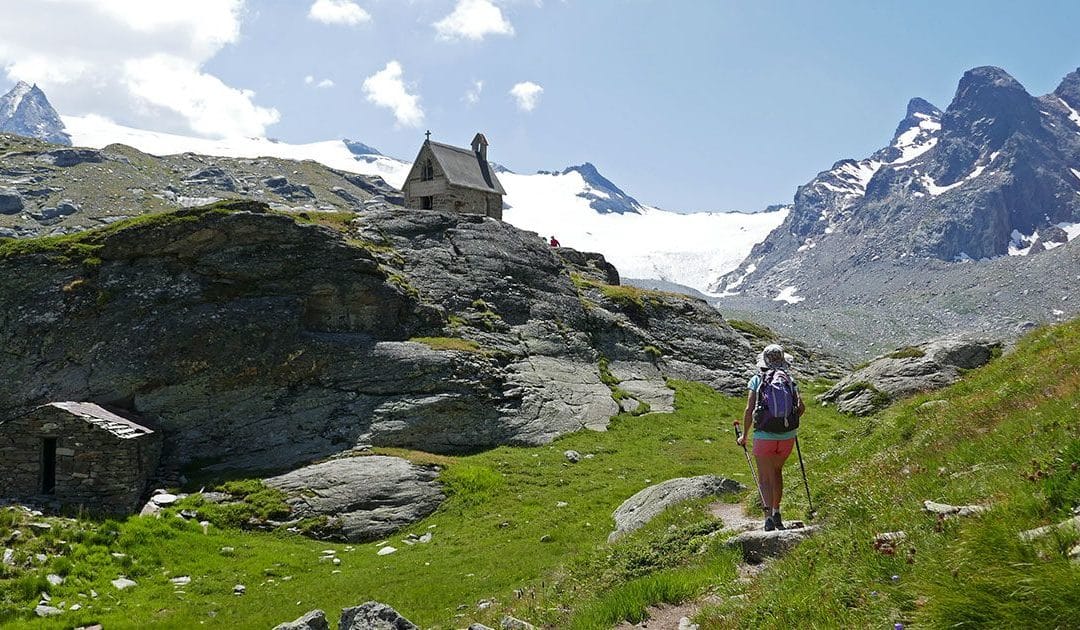
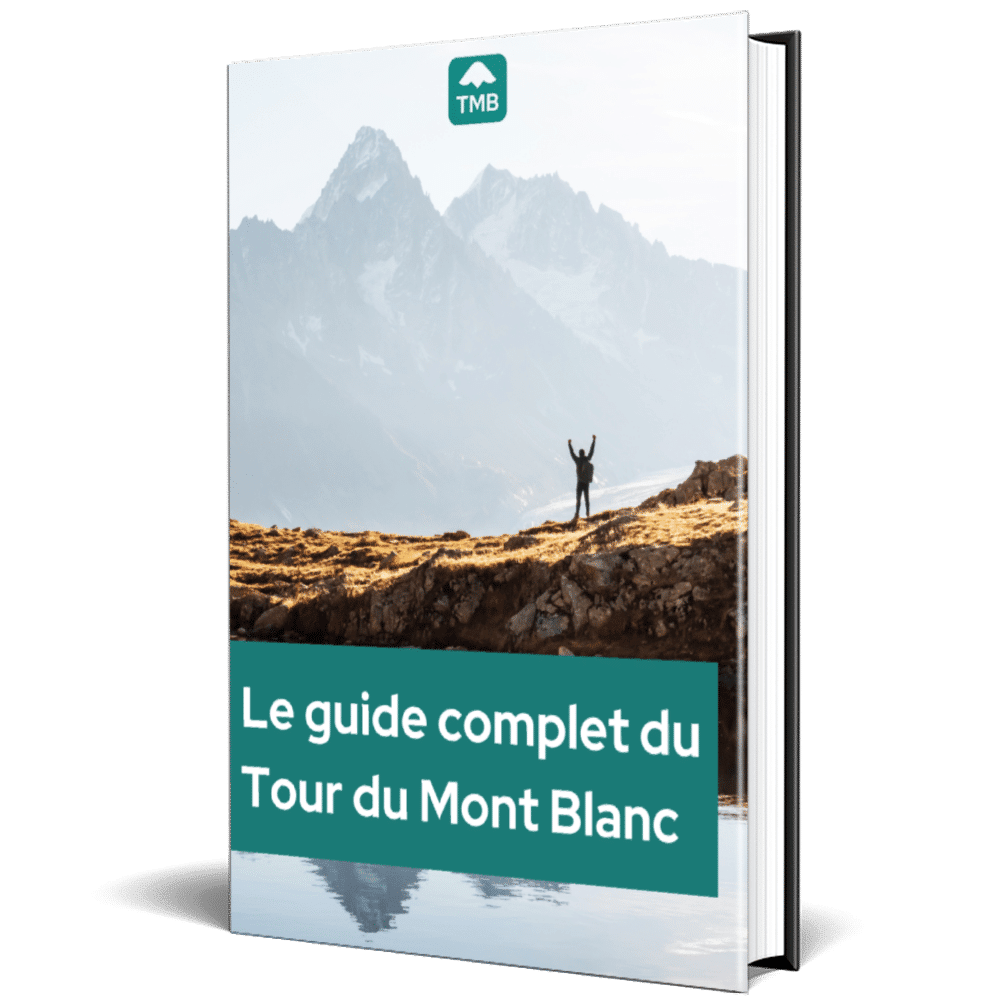
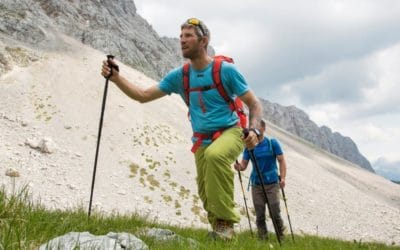
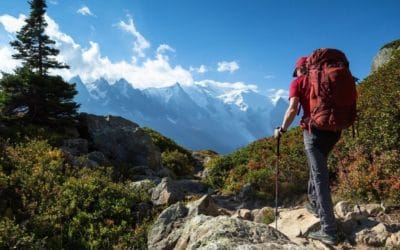
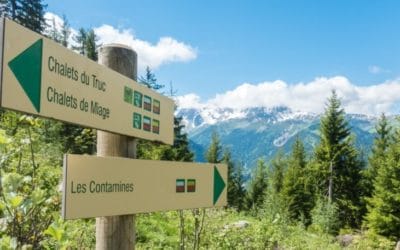
0 Comments